Dear Vladimir,
Please critique some works I’ve done from the Charles Bargue drawing course.
Warm Regards,
Jivaji
Dear Jivaji,
Many thanks for your email and copies of plates from the Charles Bargue drawing course.
The quality of your drawings is excellent, and your copy work is very good. Well done!
I totally support the point of view of French art teachers of the 19th century that fine art students need to study the rich traditions of the classical art.
French schools at that time advocated the following sequence of art education:
1. Drawing copies of classical art plates;
2. Copying drawings by the Old Masters;
3. Drawing classical casts – busts and figures;
4. Drawing live models.
The 20th century brought various “isms” into art, and many art students become disillusioned with art education as it is practiced today.
I often receive feedback from art students attending contemporary art colleges and universities who are taught by teachers who can’t draw. The educational process there is based on the mantra “express yourself,” not on building solid drawing skills that enable one to draw whatever you can see, think or imagine.
There are, however, some places where traditional art education is still in favor. Some ateliers have adopted the old way of teaching drawing by copying Charles Bargue‘s plates:
While such an approach to drawing education can work, and it has in fact produced many talented artists throughout Europe, there is a risk that the art student may become a copier, not an original artist.
Keep in mind that such art curriculum developed before invention of photography and other advances in copying technology.
Before the 20th century, art schools emphasized good copying skills, as it was necessary for the trade of visual reproduction. Many art students never became original artists but merely followed the trade of producing copies and illustration plates.
If a student concentrates solely on copying plates and classical drawings for a long time, he or she might lose the ability to draw creatively, thus undermining his/her chances of becoming an original artist.
The reasons for this loss of ability the same that one may suffer when learning to draw by copying photos.
I have explained this topic in the following video:
//drawingacademy.com/why-drawing-photos-is-treacherous
Copying will only get you so far. If you only make copies, it will slow down your learning process and possibly re-wire your brain, making it difficult to cognitively draw three-dimensional objects and models from life.
Don’t get me wrong, copying the Old Masters and studying their art is a very important part of traditional art education. Copying classical masterpieces will develop a proper artistic taste and style. I believe that every fine art student will benefit from such exercises. It must be a complement to your core studies, however, not the foundation of or replacement for the fundamental learning principles.
That is why I promote the Russian realistic tradition, an artistic school that teaches students to draw from life, memory, and imagination, not to copy another’s work.
You might be wondering about the right way to learn drawing and the main skills a fine artist must have.
For must-have art skills, check out this video presentation:
//drawingacademy.com/12-most-essential-skills-every-fine-artist-must-have
The ability to draw realistically from life, memory, or imagination requires a completely different set of skills, including:
1. Knowledge of art materials and how to use them (how to hold a pencil, how to arrange a work space, etc.);
2. How to measure models and objects by eye and pencil;
3. Constructive drawing principles;
4. Techniques of rendering tonal values;
5. Rules of linear and aerial perspective;
6. Rules of composition;
7. Knowledge of golden proportions;
8. Knowledge of the human figure; proportions of the head and face;
9. Human anatomy for artists;
10. and much more…
As you see, copying from plates will not replace the foundation of good drawing skills, which require much more than the ability to reproduce shapes and shade them accurately.
To summarize: yes, it is good that you are looking at examples of classical art and that you see the beauty in traditional art. However, to reach a higher level, you need to learn the fundamentals of drawing listed above and draw from life and nature as much as you can.
In the Drawing Academy course, you will have our full support and a lifetime membership. You are welcome to send us any art-related questions and artworks for critique, whenever you need professional feedback. We will be happy to help.
I wish you all creative success you deserve.
Kind regards,
Vladimir London
Drawing Academy Tutor

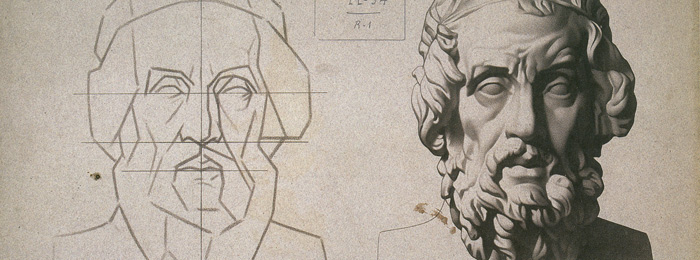
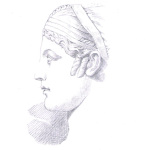


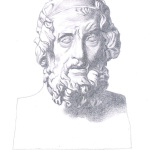

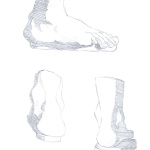
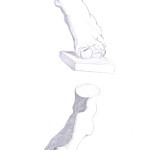
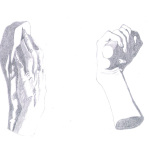
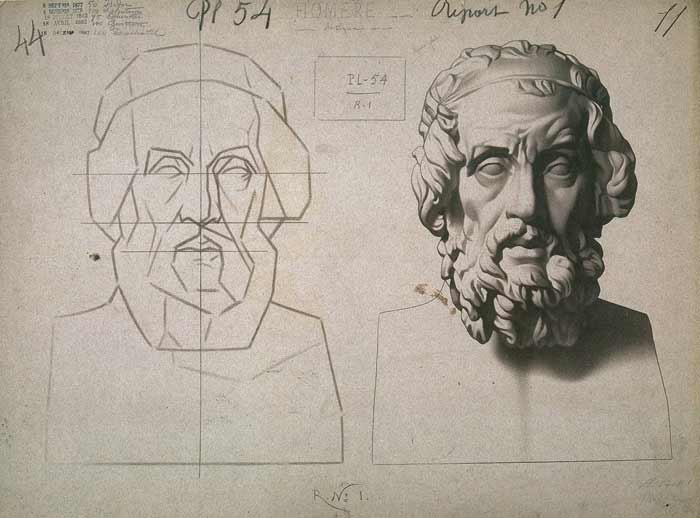




Hi Vladimir,
What do you think about a sight-size drawing method?
Many artists say that sight-size is not good for imagination and memory drawing.
French artists from 18-19 century (Bouguereau, Gerome, Cabanel…) had excellent imaginary paintings.
Thanks
Hi Daniel,
Many thanks for your question. Please see the answer here: http://drawingacademy.com/sight-size-drawing-method
Best regards,
Vladimir
I totally agree with what you have said.
I was good at copying pictures at nine years old but never progressed. Did not know how to shade nor learn to shade; did not know about golden proportions and tonal values and turned to mechanical drawing.
Fortunately, I discover the Drawing Academy and now I am learning the necessary skills of art.
Thanks.